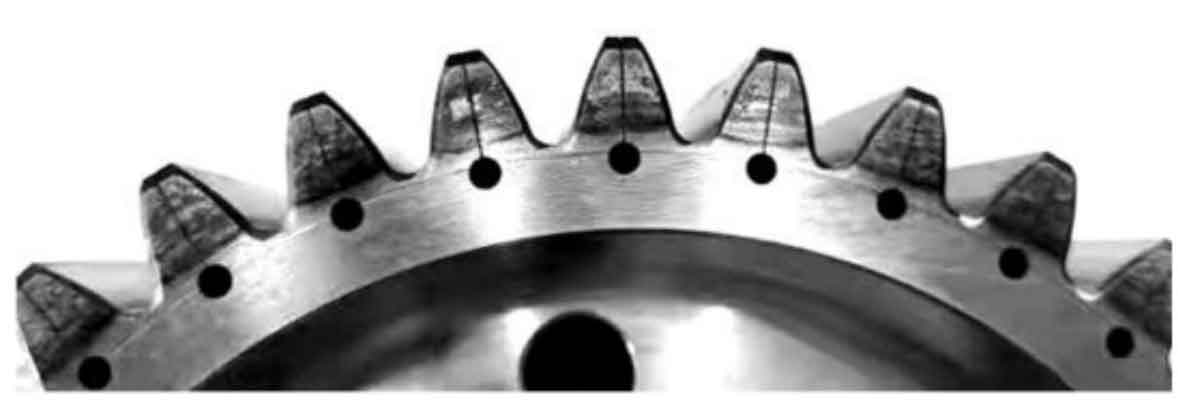
To utilize a spur gear calculator for optimal performance, you can follow these steps:
Define your performance goals:
Determine the specific performance requirements for your gear system, such as maximum torque, desired efficiency, operating speed range, and any specific constraints or limitations.
Choose a spur gear calculator:
Select a reliable spur gear calculator that offers advanced features for optimizing gear performance. Look for calculators that provide options to adjust parameters like pressure angle, module or diametral pitch, tooth profile modifications, and gear material properties.
Input the basic parameters:
Enter the initial basic parameters into the spur gear calculator, such as the number of teeth on the driving gear (pinion) and the driven gear (gear), the center distance, and the module or diametral pitch. If available, you can also input other relevant parameters like gear material, lubrication conditions, and operating temperature.
Evaluate gear ratios:
Use the spur gear calculator to explore different gear ratios and assess their impact on performance. Adjust the number of teeth on the pinion and gear to find the optimal gear ratio that meets your requirements. Consider factors like speed, torque, and power transmission efficiency at different gear ratios.
Optimize tooth profile:
Many advanced spur gear calculators offer options to optimize the tooth profile for improved performance. Experiment with different tooth profiles, such as profile shifts, addendum modifications, and pressure angle adjustments. These modifications can help minimize noise, reduce backlash, enhance load-carrying capacity, and improve efficiency.
Analyze output data:
Examine the output data provided by the spur gear calculator, which may include details like pitch diameter, addendum, dedendum, pressure angle, contact ratio, backlash, and other performance indicators. Pay attention to factors like tooth strength, wear characteristics, and gear meshing behavior.
Iteratively refine the design:
Based on the calculated results, refine the gear design by adjusting the parameters in the spur gear calculator. Optimize for factors such as tooth width, module or diametral pitch, center distance, and gear material. Iterate this process until you achieve a gear configuration that fulfills your performance goals.
Validate with additional analysis:
Once you have a preliminary design, validate its performance using additional analysis techniques. Conduct detailed simulations, such as finite element analysis (FEA), to evaluate stress distribution, contact patterns, and dynamic behavior. Analyze the results to verify that the gear design is robust and meets performance targets.
Consider manufacturing and assembly constraints:
While optimizing performance, also take into account the practical considerations of manufacturing and assembly. Ensure that the calculated gear parameters are feasible for production, considering factors like machining capabilities, available gear modules or diametral pitches, and gear manufacturing standards.
By utilizing a spur gear calculator and following these steps, you can optimize gear performance by fine-tuning key parameters and identifying the best gear configuration for your specific application. Remember to always validate your design with appropriate analysis and consult with experts or reference materials to ensure a reliable and efficient gear system.
